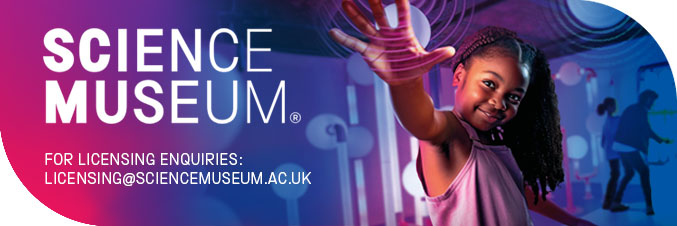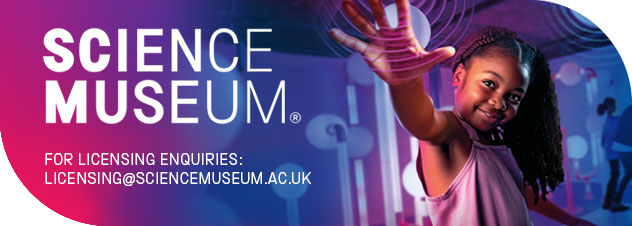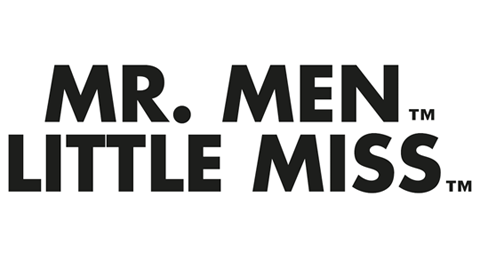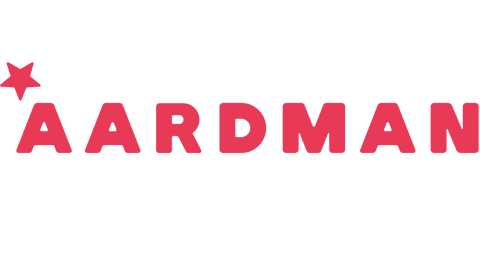A global leader in kids, parents, and family market intelligence, The Insights Family surveys more than half a million kids and parents every year, providing real-time data on their attitudes, behaviours and consumption patterns.
In its latest feature for Licensing Biz, the company explains why targeting multiple touchpoints is key to the success of kids’ IPs.
[divider style=”solid” top=”20″ bottom=”20″]
Creating appeal to the family in today’s marketplace requires understanding a range of behaviours, attitudinal preferences and purchasing influences.
Not only this, but once created, appeal must also be sustained in the long term to achieve maximum engagement. Understanding not only what kids and families like but also ‘where’ they are and how they interact with their favourite brands is essential.
The content that is attracting licensed purchases is constantly changing. While toys related to the favourite TV shows of kids aged 3-9 remain the most popular licensed product category (43%), this category has experienced the lowest year-on-year across all the mediums we track globally (+8%).* The highest growth area is in fact toys related to video games (+25%), while YouTuber related toys are also experiencing a significant level of growth (+14%). In the UK, licensed toy purchases in relation to the favourite video games amongst kids aged 3-9 have grown by +18% in the last 12 months (25%).
As kids are exposed to more content touchpoints, there are more opportunities for new characters and IPs to enter the content ecosystem from different mediums. IPs can be adapted to suit numerous touchpoints that resonate across generations. Batman is a great example of this. Ranking as a top 10 favourite character across all ages from 5-18 when we look globally at our data, various iterations of the character, from LEGO Batman to the Batman Arkham games, have all helped provide a reference point to the character to all age groups. This allows the character to grow and change while still resonating as recognisable IP to this changing audience.
There are also more touchpoints where creators have more autonomy over their content. YouTube and TikTok are prime examples of spaces where kids are now able to enter the market place and build their own brands. Ryan’s World is a prime example of kid creators licensing their likeness to produce toys for their audience. On average, he is the second most popular YouTuber globally amongst 3-5s on account of his presence in the UK, US and Canada. Creators now have more ability than ever to leverage their likeness in other industries. In the UK, YouTuber related toy purchases have increased +62% year-on-year among 3-9 year olds, compared to the +17% growth in the case of films. This shows how content is shaping the kids ecosystem, in terms of attitudes, behaviours and consumption patterns, highlighting the importance of understanding the next generation.
The Insights Family’s content report discusses the importance of embracing multiple touchpoints in further detail. It also looks at today’s popular IPs, the linear TV vs streaming battle and the issue of platform saturation, exploring these trends and how they are impacting content creators and companies in the industry. Sign up to download your free copy of our report here: get.theinsightsfamily.com/content2022.
* All statistics taken from the last six months of Kids Insights data (November 2021 – May 2022)
Kids Insights surveys 7,780 children every week aged 3-18. Parents Insights surveys more than 3,800 parents of children between the ages of 1 and 16 every week. Both services operate in 22 countries across six continents and in total survey more than 469,040 kids and 228,800 parents a year. This means that the company interviews a new family member somewhere in the world every 45 seconds.










